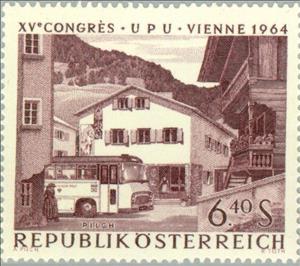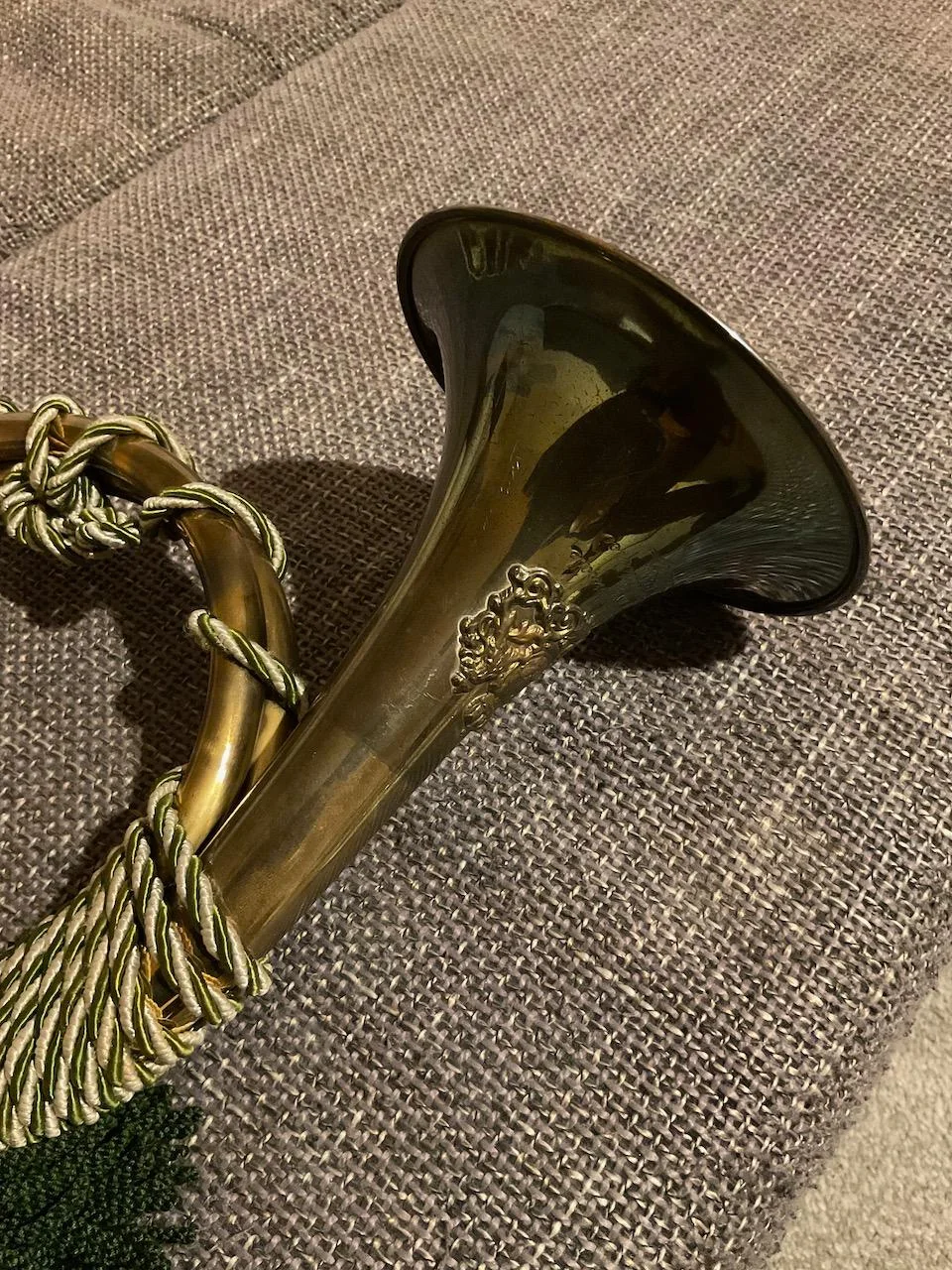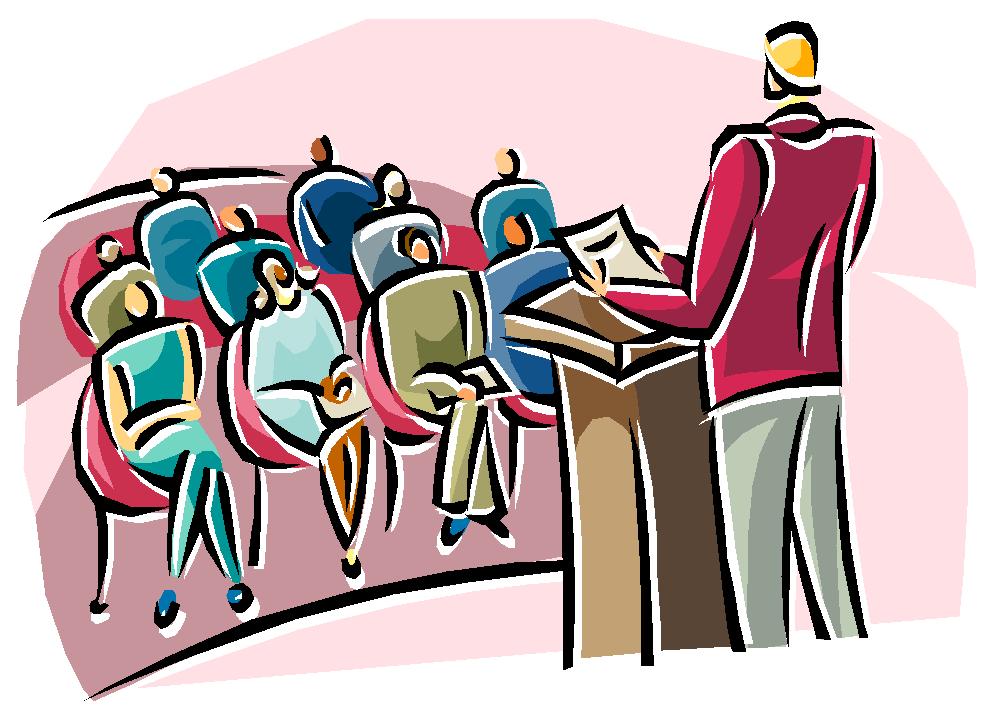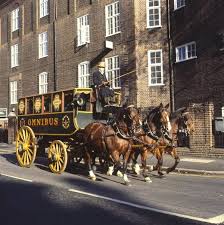Stamp: Postoffice Saalbach (Austria 1964)
Postoffice Saalbach (Austria 1964)
15 June (Austria ) within release World Post Congress Vienna goes into circulation Stamp Postoffice Saalbach face value 6.40 Austrian schilling
| Stamp Postoffice Saalbach in catalogues | |
|---|---|
| Michel: | Mi:AT 1163 |
| Yvert et Tellier: | Yt:AT 1000 |
Stamp is horizontal format.
Also in the issue World Post Congress Vienna:
- Stamp - "News About the Victory at Kunersdorf" by B. Bellotto face value 1;
- Stamp - "Mail Relay Station" by J. Hörmann face value 1.20;
- Stamp - "The Honeymoon Trip" by M. von Schwind face value 1.50;
- Stamp - "Riders on Wet Country Lane" by J. Raffalt face value 1.80;
- Stamp - "Mailcoach in the Mountains" by A. Klein face value 2.20;
- Stamp - "Coach at Mail Relay Station" by F. Gauermann face value 3;
- Stamp - Halftrack bus in a high mountain region face value 4;
- Stamp - Postoffice Saalbach face value 6.40;
Stamp Postoffice Saalbach it reflects the thematic directions:
A house is a single-unit residential building. It may range in complexity from a rudimentary hut to a complex structure of wood, masonry, concrete or other material, outfitted with plumbing, electrical, and heating, ventilation, and air conditioning systems. Houses use a range of different roofing systems to keep precipitation such as rain from getting into the dwelling space. Houses generally have doors or locks to secure the dwelling space and protect its inhabitants and contents from burglars or other trespassers. Most conventional modern houses in Western cultures will contain one or more bedrooms and bathrooms, a kitchen or cooking area, and a living room. A house may have a separate dining room, or the eating area may be integrated into the kitchen or another room. Some large houses in North America have a recreation room. In traditional agriculture-oriented societies, domestic animals such as chickens or larger livestock (like cattle) may share part of the house with humans.
The mail or post is a system for physically transporting documents and other small packages; or, the postcards, letters, and parcels themselves. A postal service can be private or public, though many governments place restrictions on private systems. Since the mid-19th century national postal systems have generally been established as government monopolies with a fee on the article prepaid. Proof of payment is often in the form of adhesive postage stamps, but postage meters are also used for bulk mailing. Modern private postal systems are typically distinguished from national postal agencies by the names "courier" or "delivery service". Postal authorities often have functions other than transporting letters. In some countries, a postal, telegraph and telephone (PTT) service oversees the postal system, in addition to telephone and telegraph systems. Some countries' postal systems allow for savings accounts and handle applications for passports.
A car is a wheeled, self-powered motor vehicle used for transportation and a product of the automotive industry. Most definitions of the term specify that cars are designed to run primarily on roads, to have seating for one to eight people, to typically have four wheels with tyres, and to be constructed principally for the transport of people rather than goods. The year 1886 is regarded as the birth year of the modern car. In that year, German inventor Karl Benz built the Benz Patent-Motorwagen. Cars did not become widely available until the early 20th century. One of the first cars that was accessible to the masses was the 1908 Model T, an American car manufactured by the Ford Motor Company. Cars were rapidly adopted in the United States of America, where they replaced animal-drawn carriages and carts, but took much longer to be accepted in Western Europe and other parts of the world.
The post horn is a valveless cylindrical brass instrument with a cupped mouthpiece. The instrument was used to signal the arrival or departure of a post rider or mail coach. It was used by postilions of the 18th and 19th centuries.
A building or edifice is a structure with a roof and walls standing more or less permanently in one place, such as a house or factory. Buildings come in a variety of sizes, shapes and functions, and have been adapted throughout history for a wide number of factors, from building materials available, to weather conditions, to land prices, ground conditions, specific uses and aesthetic reasons. Buildings serve several needs of society – primarily as shelter from weather, security, living space, privacy, to store belongings, and to comfortably live and work. A building as a shelter represents a physical division of the human habitat (a place of comfort and safety) and the outside (a place that at times may be harsh and harmful).
A conference is a meeting, often lasting a few days, which is organized on a particular subject, or to bring together people who have a common interest. Conferences can be used as a form of group decision-making, although discussion, not always decisions, is the primary purpose of conferences. The term derives from the word confer.
Omnibus is a 1992 French short comedy film directed by Sam Karmann. It won an Oscar in 1993 for Best Short Subject and it won the Short Film Palme d'Or at the 1992 Cannes Film Festival.







